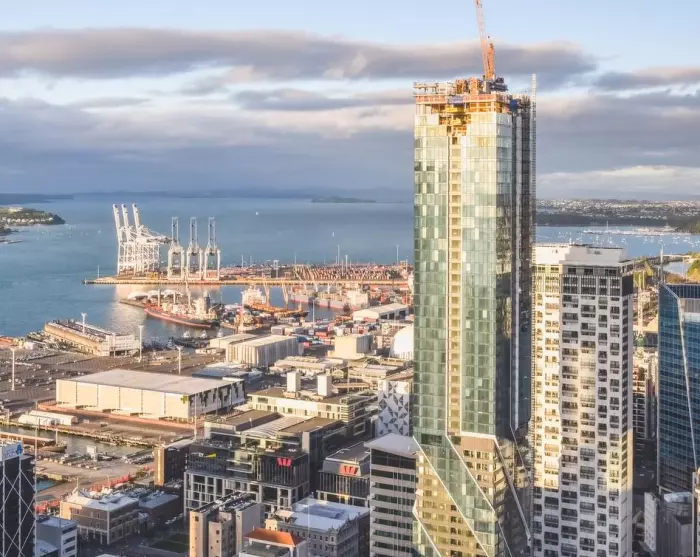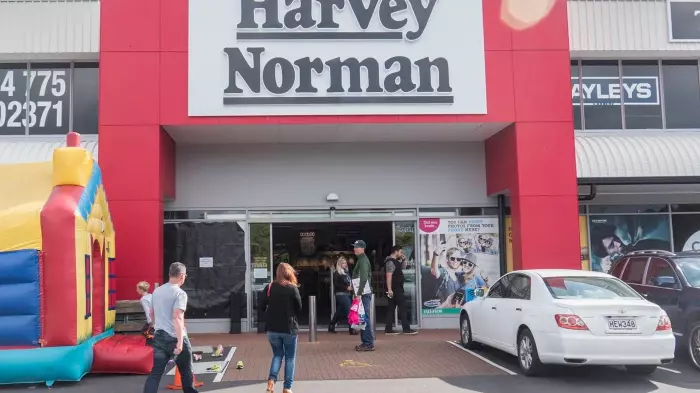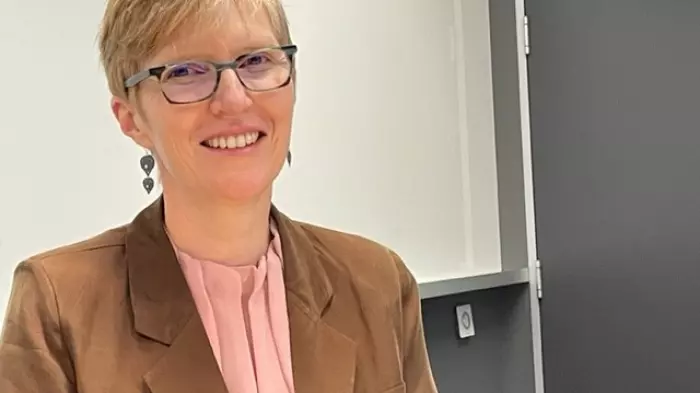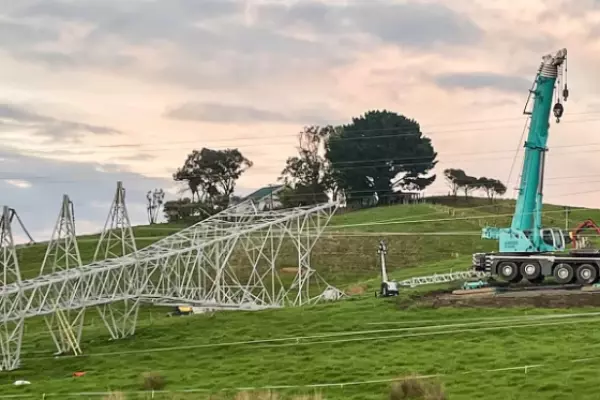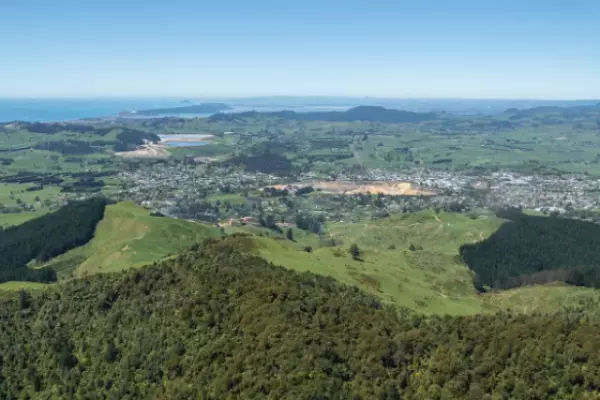Australian property developers have set their sights on New Zealand as an alternative option to overheated market conditions in Sydney and Melbourne.
Centuria Capital, private equity group Pro-Invest, Auckland Real Estate Trust and, most recently, Ninety Four Feet have all jumped into major NZ developments worth more than $3 billion.
One of the main beneficiaries of this is Icon Construction NZ, the local offshoot of the Richmond, Victoria-based construction group and part of the giant Japanese construction group Kajima Corp.
After covid induced delays of more than a year, it has just broken ground on Ninety Four Feet’s 51 Albert St development, a $250 million hotel and upmarket residential development in central Auckland. The 41 storey tower is expected to take 30 months to complete.
Icon director Dan Ashby said while the firm now had a full pipeline of work, the “trigger point” for the tier one firm's entry into NZ came after it landed the contract for the $220m, 57-level Pacifica from joint Chinese/Australian developer Hengyi Pacific in mid-2017.
Ashby, a former executive with Hawkins, said the local firm was set up in 2017 as a New Zealand business of an Australian parent, which brought financial and other resources, but it was differentiated because it recognises "we are operating in a very different market".
While the Pacifica was the entry point for the business, it was never going to be a one-off for Ashby or the team of almost 100 employees he's now built around him.
The vertical build contractor cut its teeth in NZ after it inherited the builds of the Burwood Hospital in Christchurch and the University of Otago’s School of Dentistry in Dunedin.
Those contracts followed its merger with Melbourne based, social infrastructure builder Cockram Construction in 2017. That firm had a joint venture in place with the local Leighs Construction group.
It’s currently constructing the 470 room Voco and Holiday Inn Express, both brands of IHG, for Sydney based Pro-invest and it is the lead contractor on Centuria’s 6-8 Munroe Lane development in Albany. This will serve as Auckland City’s Council’s northern hub.
In May, Icon completed AUT Wakefield, a 17 level, 641-unit student accommodation development alongside 5,000 sqm campus wide facilities for the Auckland University of Technology.
It is also the main contractor for the redevelopment of Kainga Ora’s 131 Greys Ave site in central Auckland, a job which Ashby acknowledges is a slight departure from its’ “sweet spot” as it is a very traditional contract.
The $120m redevelopment is the social housing providers’ single biggest urban project.
When completed in an estimated 18 months, the majority of its 276 apartments will be used as state housing. It will also include a community hub and 1,000 sqm of lettable commercial space.
Landmark sites
Ninety Four Feet’s sales and marketing director Matt George said New Zealand represented a very attractive option, particularly for Sydney and Melbourne developers who were finding their own markets “a bit hot”.
“We have people coming after us to be part of the projects we’re doing over here, and we’ve picked up some amazing landmark sites.”
That has seen it hook up with Centuria, an ASX listed trust with A$16.8 billion in property assets, in Queenstown’s $2b Lakeview residential and hotel project, which is expected to get fast track resource consent later this year.
Ninety Four Feet is also in early stage discussions about a hotel project in Wakefield St in Wellington.
He said Icon would be "definitely in the running" for those contracts. "They're always in the tender and seem to have the most capability. They definitely gave us the most confidence of anyone we spoke to."
George classes current inner-city pricing in Auckland as “affordable” compared to its urban counterparts in Australia.
For example, 51 Albert, featuring a 30 floor, 225 room Indigo hotel, will go to market at about $24,000 a square metre. This compares to closer to $70,000 sqm for recent developments like the Sheraton Aloft Hotel in Sydney.
That is considered good value by local and Australian buyers, who have already snapped up 23 of the 30 apartments, he said.
Build cost
By comparison, initial sales at the recently completed 57-floor $220m Pacifica were at about the $17,000 sqm level.
At the build cost level, however, builders needed to take heed of the additional costs of building in NZ versus Australia and other parts of the world, which was mainly due to the seismic build standards in NZ.
"NZ structures are just more robust than in Australia. If you look at the shear walls on any new high rise build like the Pacifica and another one in Melbourne early in the build process, they’re different worlds,” Ashby said.
While most of the initial costs relate to the superstructure itself, Ashby said these spill over into the duration of the build, because of the complexity of the reinforced structure.
Those costs then flow on into other components, including curtain walls and façades which could have significant added costs, he said.
That becomes more acute particularly on a repetitive high rise adding "at best" a day onto the build cycle.
Burn rate
That cycle is based on floor-to-floor construction. Ashby suggests if the benchmark for an Australian high rise is on a four-to-five day cycle to complete the floor, in NZ it will take another day or two.
Those factors all contributed to the cash “burn rate”, he said. On a project like the Pacifica, which at peak construction had about 350 workers on site at any one time, that burn rate could be a couple of hundred thousand dollars a day, “just to be there”, he said.
Nor is that rate necessarily linked to the size of the project. AUT’s Wakefield project was half the size, but because it had two towers and “several focuses of work”, at the peak there were closer to 430 workers on site.
Logistics and the smaller scale of NZ developments also add costs when benchmarked with Australia and other markets, he said.
However, there is little common consensus as to how much more the end cost of building in NZ was up on other bigger markets.
“In some cases, it’s between 10% to 15%, in others it could vary anywhere between 30% to 50% of a build.”


